Year published :February 2022
Pages :424 pp., paperback
Size :15 x 23 cm.
Black & White illustrations :135
Tables :6
ISBN: 9786162151880
Manuscript Cultures and Epigraphy of the Tai World
by Volker GrabowskyPaperback edition
During the past four decades an impressive corpus of manuscripts and epigraphical material in Thailand, Laos, and adjacent Tai-speaking areas has been surveyed, documented, and digitized. Though manuscripts (written on palm-leaf, various forms of paper, cloth, bamboo, and other organic material) and inscriptions (on stone, metal, wood, etc.) may be considered “things of the past” in a modern world dominated by book printing and digital technologies, they continue to be produced in Thailand, Laos, and many adjacent Tai-speaking areas. Scholarly interest in these objects encompasses philological and historical studies of the texts themselves, as well as study of the material aspects that designate these materials as culturally significant. This collection explores the production, use, and transmission of manuscripts both as containers of traditional knowledge and as objects used in daily life. Special attention is paid to the significant influence manuscripts and inscriptions have had on each other, and to the relationship between modernity and the traditional manuscript cultures of the Tai world. The collection also addresses the preservation and storage of manuscripts, particularly in different kinds of repositories, ranging from diverse local catalogs to extensive international collections in the West. Finally, the book includes accounts by natural scientists of their work to determine the origin of writing materials and substances used to create manuscripts, to date manuscripts and inscriptions of the past, to reconstruct different script layers, among other topics.
About the Editor
Volker Grabowsky is a Professor of Thai Studies at the Asia-Africa Institute, University of Hamburg. He is (co-)author of several books on the history and culture of Tai ethnic groups, including the translations and analyses of Tai Lü chronicles, such as Chronicles of Chiang Khaeng (2008) and Chronicles of Sipsòng Panna (2012).
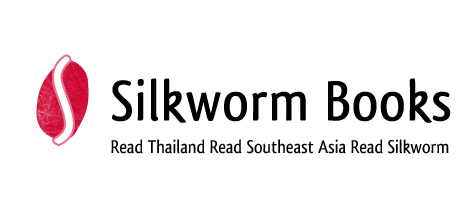
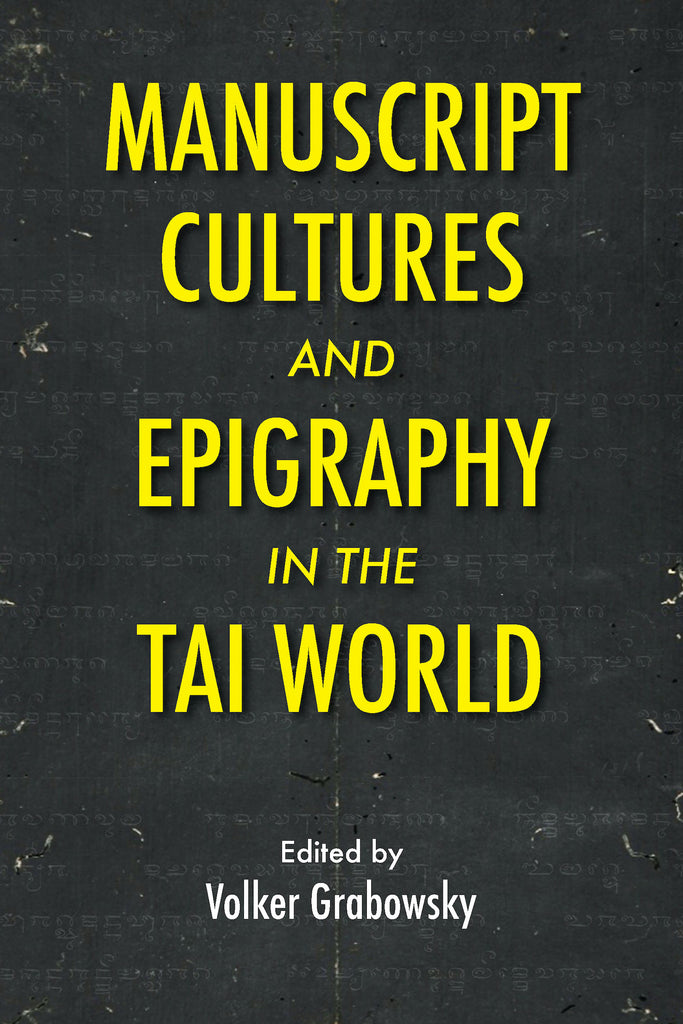






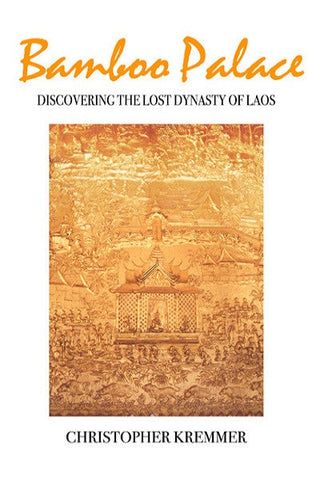
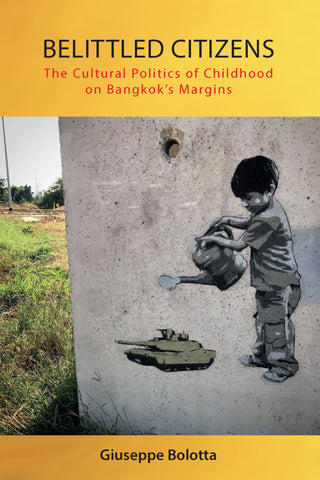
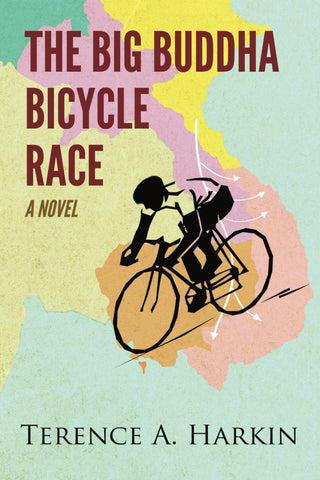
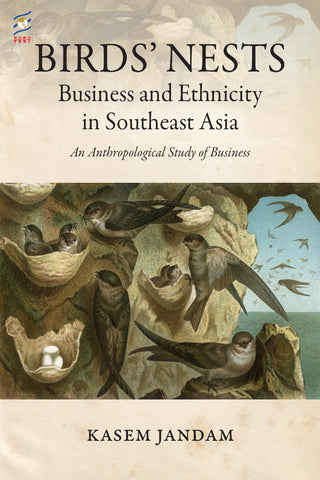
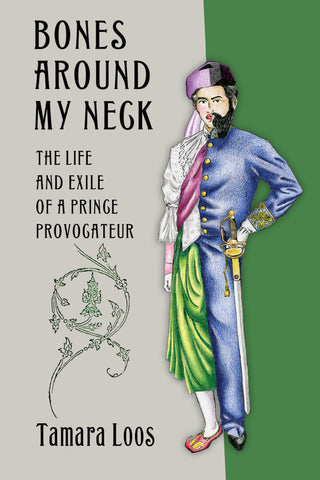
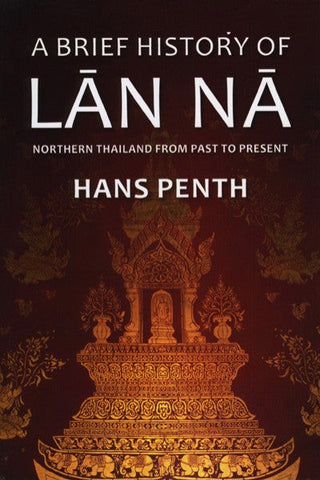
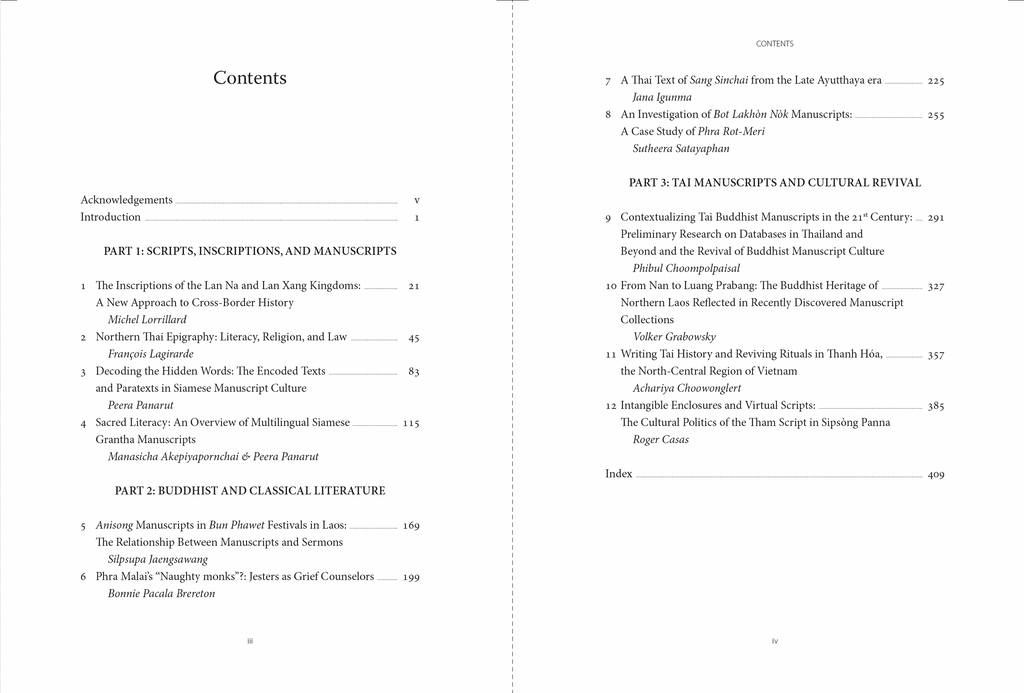
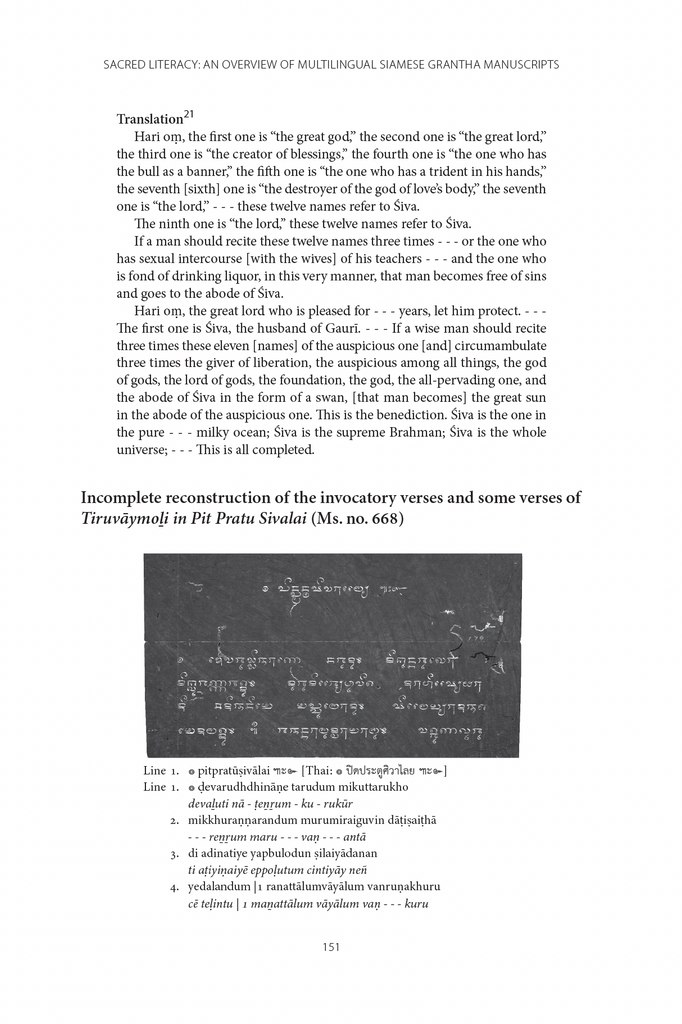
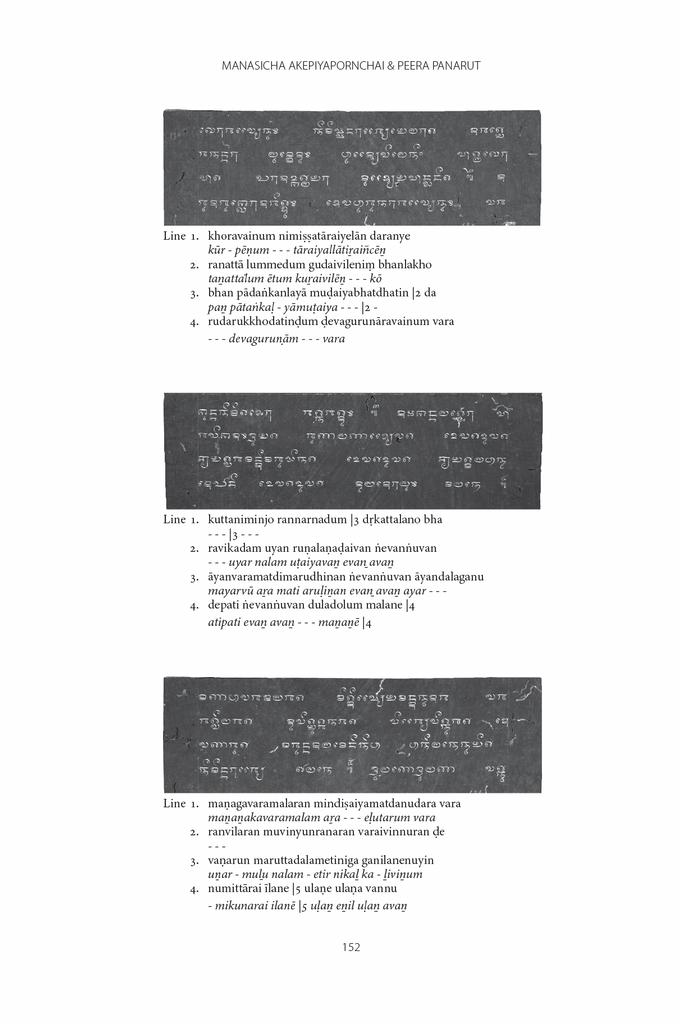
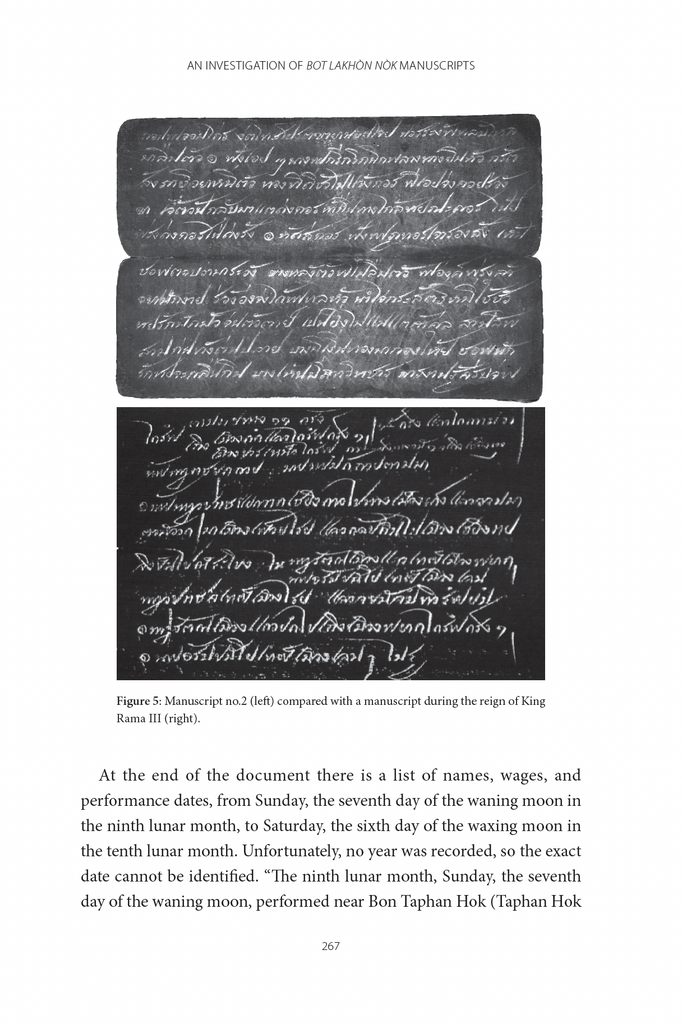
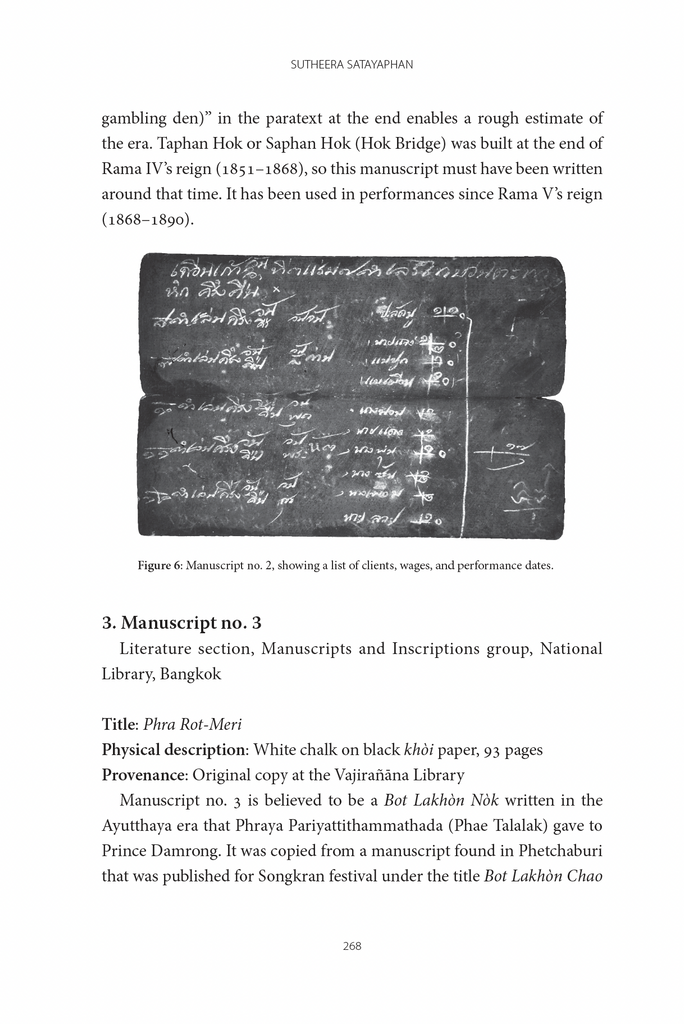
Share this item: